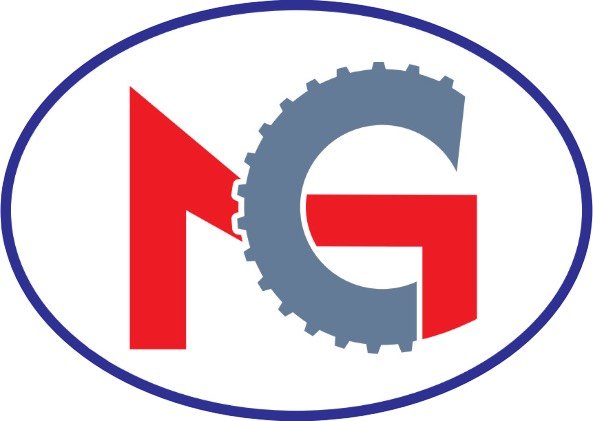
Negative amortization means that even when you pay, the amount you owe will still go up because you are not paying enough to cover the interest. Negative amortization isn’t illegal, but there are stipulations over which types of loans can do this. Some of the most popular loans that experience negative amortization are student loans.

Negative Amortization Loan
You can also see how over just a few years, negative amortization loans can snowball into you owing $117,241.11 by the end of Year 7 on a $100,000 initial mortgage, despite having paid $8,400 already. The last case where negative amortization loans might make sense is when you earn a lot of money — but not in a steady manner. A negative amortization loan may make sense in a situation where it is being used as a method of cash flow management rather than a crutch of affordability, resulting in a home you can’t really afford. In this case, you pay nothing each month, and you see that the loan balance increases.
Can a Student Loan Have Negative Amortization?
This means that the overall cost of borrowing will be higher when compared to loans without negative amortization features. It’s essential to carefully evaluate whether the short-term benefits outweigh the long-term costs in your specific financial situation. While there are potential benefits, negative amortization loans come with significant risks that should not be overlooked. As mentioned earlier, the increase in loan balance can lead to considerably higher payments in the future, potentially causing financial strain. Similar to an ARM, the lower initial payments of a GPM may not cover the full interest amount.
How Does Amortization Work?
The most notable differences between the traditional payment option ARM and the hybrid payment option ARM are in the start rate, also known as the “minimum payment” rate. On a Traditional Payment Option Arm, the minimum payment is based on a principal and interest calculation of 1% – 2.5% on average. All NegAM home loans eventually require full repayment of principal and negam loans interest according to the original term of the mortgage and note signed by the borrower. Many borrowers would pay the 1% payment option each month, thinking they were getting a deal, not realizing that they were accruing an even larger loan balance than they originally set out with. When it comes to financing a home, there are various options available to borrowers.
You can build your own amortization tables and use any payment, balance, or rate you choose. This is a speculative and risky way to invest, but some people and businesses do it successfully. For the strategy to pay off, you need to sell the property with enough profit to pay off the interest you never paid.
- Consulting with a financial advisor or mortgage professional can provide valuable insights and guidance to help you make an informed choice.
- These loans assume that home prices will go up to offset the increasing size of the loan.
- While these partial payments are being made, the missing interest portion will be added back to the principal balance of the loan.
- While traditional amortization results in a gradual reduction of both principal and interest, negative amortization works differently.
- Negative amortization loans often feature a predetermined cap, limiting the amount by which the loan balance can grow.
This can be beneficial for borrowers who have a short-term need for lower payments but expect their income to increase in the future. Most NegAm loans today are tied to the Monthly Treasury Average, in keeping with the monthly adjustments of this loan. There are also Hybrid ARM loans in which there is a period of fixed payments for months or years, followed by an increased change cycle, such as six months fixed, then monthly adjustable. Moreover, the delayed repayment of interest can result in higher total interest costs over the life of the loan.
This is where many borrowers got confused, and some were ultimately foreclosed on or had to refinance to save themselves and their homes. Considering alternative loan options and seeking professional advice from financial experts can also provide valuable insights. Ultimately, approaching negative amortization loans with diligence, research, and a thorough understanding will empower you to make informed decisions that align with your financial objectives. Another type of loan that can include negative amortization is a graduated payment mortgage, or GPM. GPMs are designed to accommodate borrowers who expect their income to increase over time.
When making negative amortization payments, you aren’t avoiding paying the interest; you’re just delaying it. As you can see, the amount of interest you pay increases each month—along with your loan balance (known as the principal). As Your Bank for a Lifetime, it’s our mission to create value through lifelong relationships with our neighbors in Pennsylvania and New York. C&N offers a variety of banking solutions, including checking accounts, savings accounts, mortgages, business loans and more. We believe managing your finances should be a fulfilling, trouble-free experience… so you can spend less time making a living and more time making a life. Almost all mortgages/loans, such as student loans, home loans, etc., are fully amortized, indicating the loan amount reaches nil at the end of the term.
